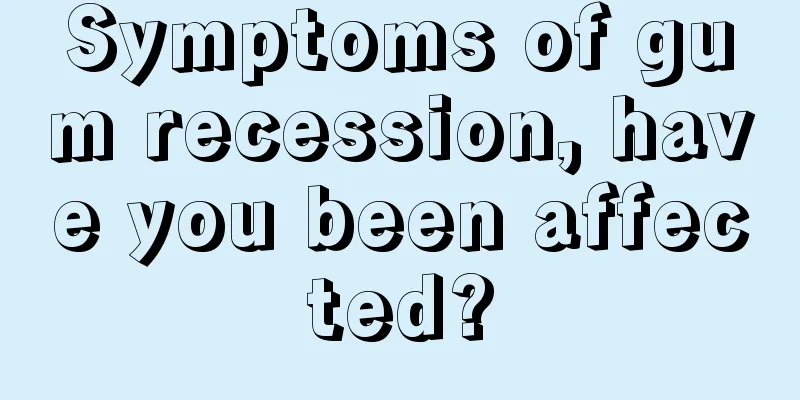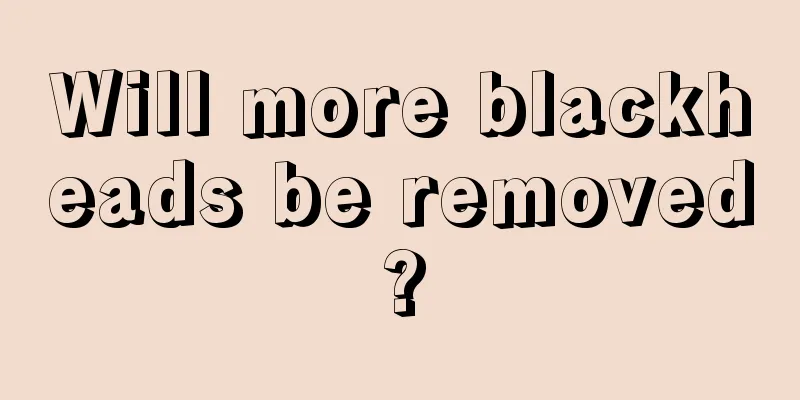Is reflux esophagitis grade B serious?

|
What is reflux esophagitis grade B? Reflux esophagitis grade B is an inflammatory lesion of the esophagus caused by the reflux of gastric and duodenal contents into the esophagus. Endoscopic manifestations include damage to the esophageal mucosa, namely esophageal erosion and/or esophageal ulcer. This disease can occur in any age group, but it is more common in middle-aged and elderly people. It has been on the rise in recent years and needs our attention. Disease classification According to the degree of esophageal mucosal damage under endoscopy, reflux esophagitis is divided into four grades: A, B, C, and D. Grade A esophagitis refers to esophageal mucosal damage limited to mucosal folds without fusion; and the length of erosion is less than 5mm. Grade B esophagitis refers to erosion length greater than 5mm. Grade C esophagitis refers to esophageal damage with fusion, but not exceeding 75% of the esophageal circumference. Grade D esophagitis refers to circumferential mucosal damage to the esophagus. Causes The prerequisite for causing reflux esophagitis is that gastric contents reflux into the esophagus across the lower esophageal sphincter (LES), and the esophagus itself cannot clear the refluxed material quickly, causing gastric contents to remain in the esophagus for a long time. Damage factors in gastric contents such as acid, bile acid, and pepsin damage the esophageal mucosa, leading to reflux esophagitis. Pathogenesis The pathophysiological basis of reflux esophagitis is esophageal and gastric motility disorder, including esophageal body motility disorder, LES function and gastric motility disorder. In addition to anatomical abnormalities (such as hiatal hernia), the causes of these dysfunctions include certain diseases (such as diabetes), drugs (such as smooth muscle relaxants) and foods (such as high-fat foods, chocolate, coffee) that may lead to LES dysfunction and cause reflux. Clinical manifestations Patients with reflux esophagitis show typical symptoms of gastroesophageal reflux, but may also have no reflux symptoms and only show symptoms of indigestion such as upper abdominal pain and discomfort. There was no correlation between the severity of esophagitis and reflux symptoms. The clinical manifestations of patients with severe esophagitis are not necessarily serious. Classic reflux syndrome refers to heartburn, regurgitation, and chest pain caused by reflux. Heartburn refers to a burning sensation behind the sternum radiating to the neck, and regurgitation refers to the reflux of gastric contents into the pharynx or mouth. Reflux symptoms often occur after a full meal, and nocturnal reflux seriously affects the patient's sleep. |
<<: Why does the sole of my foot hurt when I walk?
>>: What are the early symptoms of goiter?
Recommend
How to reduce swelling and blood stasis after a fall
In our daily lives, we are bound to fall accident...
How to take care of lung cancer? Lung cancer patients need to do five nursing tasks
Choose one or a few of your most trusted friends ...
Can aging eyes be restored?
As people age, their eyesight will gradually weak...
The harm of teeth washing
Everyone wants to have white and beautiful teeth....
How to extinguish moxibustion sticks
In fact, many people know that moxibustion can be...
Early detection and treatment of HPV infection is the prevention of cervical cancer
At present, it has been clinically confirmed that...
What foods can improve the three highs?
As living conditions are getting better and bette...
What is the treatment for left ovarian teratoma
Patients with left ovarian teratoma need to see a...
Will nasopharyngeal carcinoma biopsy lead to metastasis?
Will a nasopharyngeal carcinoma biopsy lead to me...
How to effectively improve sleep quality?
Everyone knows that we need to get enough sleep e...
Six secrets of tongue and health: purple tongue due to too much toxin deposits
Traditional Chinese medicine emphasizes the holis...
Purple cabbage weight loss method. If you love purple cabbage, you must know
In recent years, as people pay more and more atte...
What is supraventricular tachycardia
The incidence of supraventricular tachycardia is ...
Pathology of colorectal cancer
The rectum is generally the most common site, acc...
What are the benefits of body care
More and more women are going to beauty salons or...









